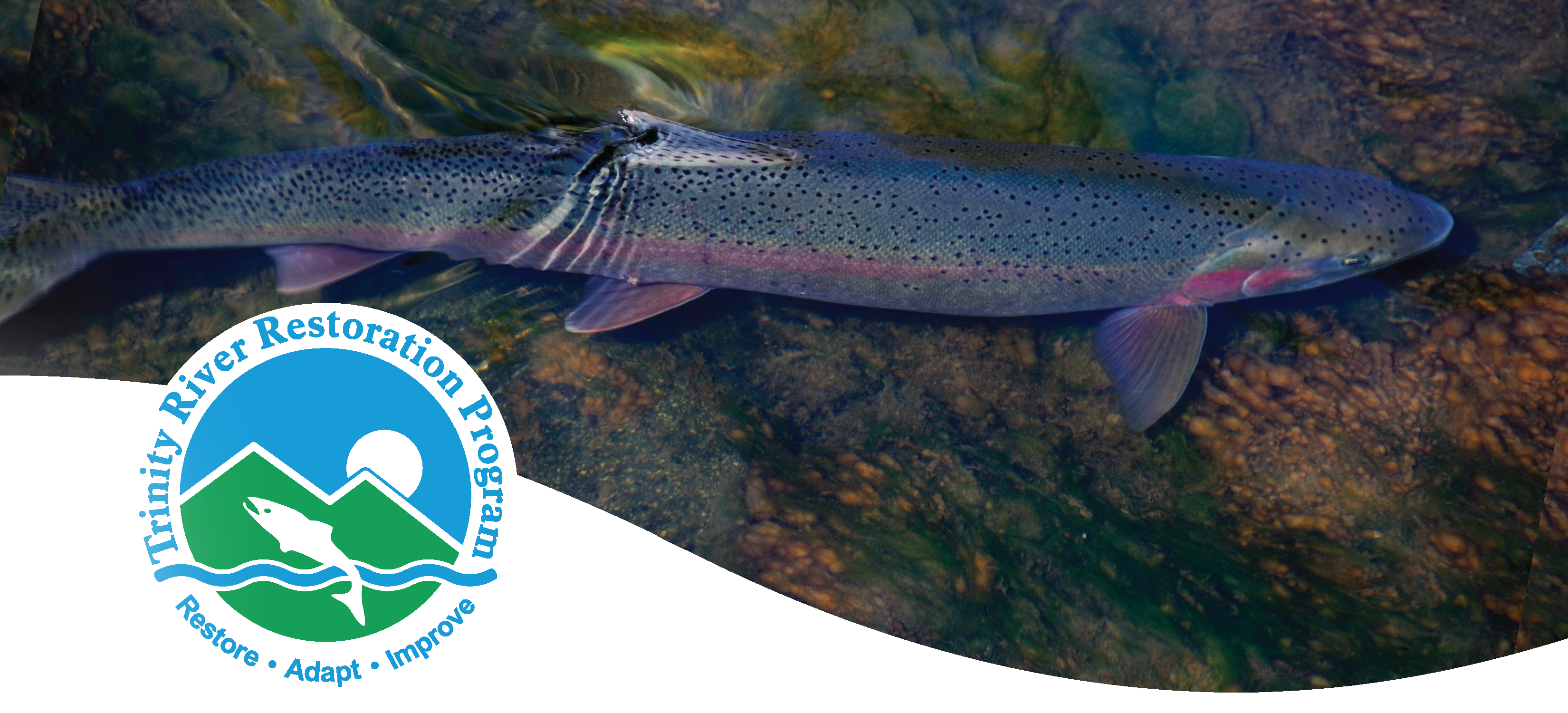
River Riffle Newsletter – March
Contents
- Reading, Listening, Watching
- Current Conditions: Inundation and Drift
- Implementation Branch: Join us at our March 19 Open House
- Featured Article: The River’s Liver – the hyporheic zone
- Trinity River Watershed Animal Spotlight: Benthic macroinvertebrates
- Upcoming Meetings and Events
Reading, Listening, Watching
Collaborators implement a Remote Stream Incubation (RSI) system near the headwaters of Grass Valley Creek
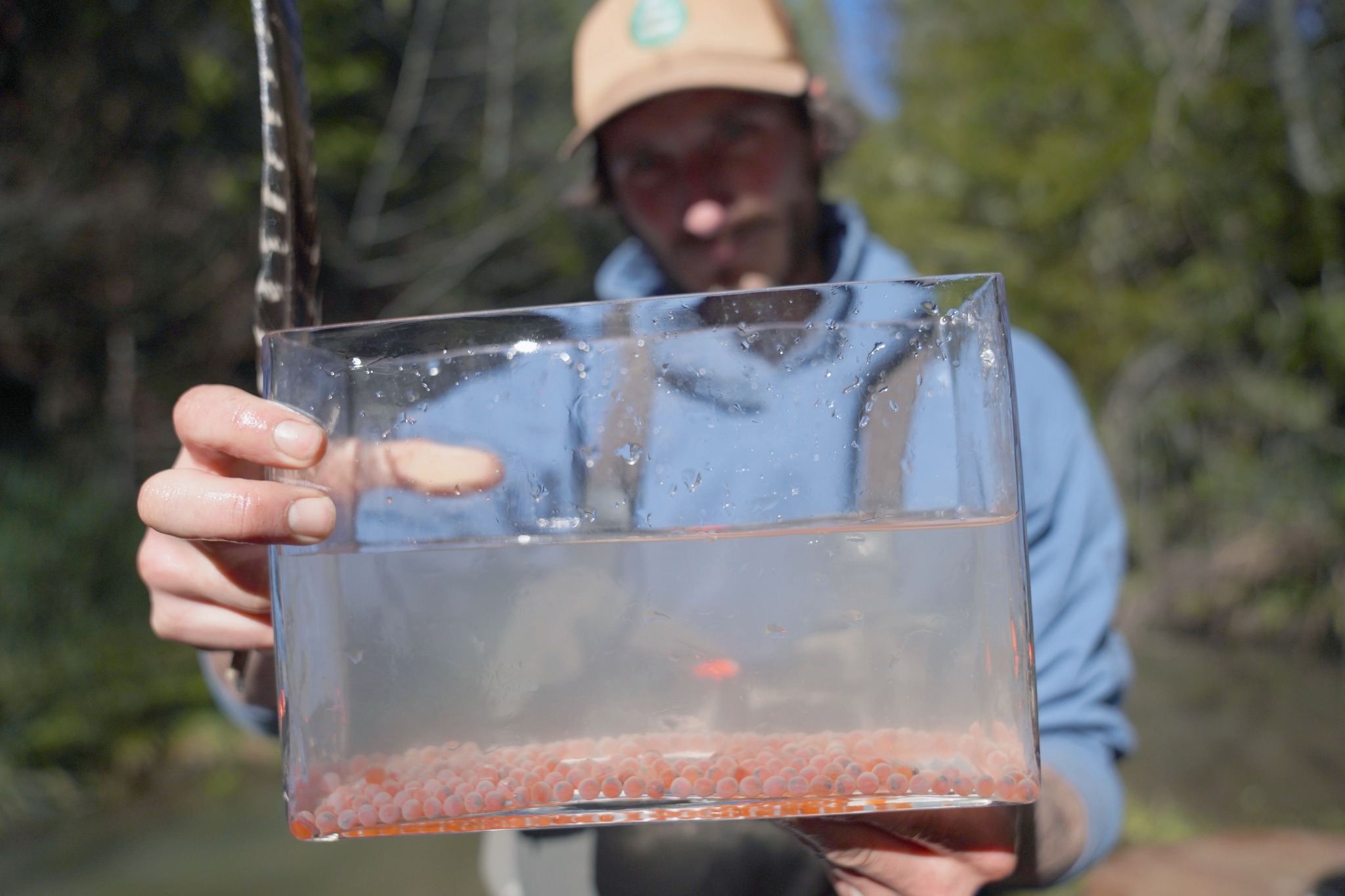
The Yurok Fisheries Department, in collaboration with the Bureau of Reclamation’s Northern California Area Office and the Trinity River Hatchery, are implementing a promising pilot project to augment Grass Valley Creek’s critically imperiled coho salmon population. (The Yurok Tribe)
NOAA’s California Nevada River Forecast Center Water Year trend plot is predicting a “wet” water year
NOAA’s California Nevada River Forecast Center has a Water Year trend plot that tracks Trinity Reservoir accumulation in real time. The plot also predicts reservoir levels based on historic trends along with accumulation which starts in October of each year.
A “wet” water year is predicted in California Department of Water Resources March B120
The California Department of Water Resources B-120 is an additional tool that utilizes human and station collected snow pack data from targeted areas within the Trinity Reservoir drainage. The B-120 reports are published around the 10th of the month in February, March, April and May. The April B-120 designation defines the water year type for the Trinity watershed and has only overpredicted the water year type once, in 2008.
A Functional Flows approach for Environmental Flows in Chile (California Water Blog)
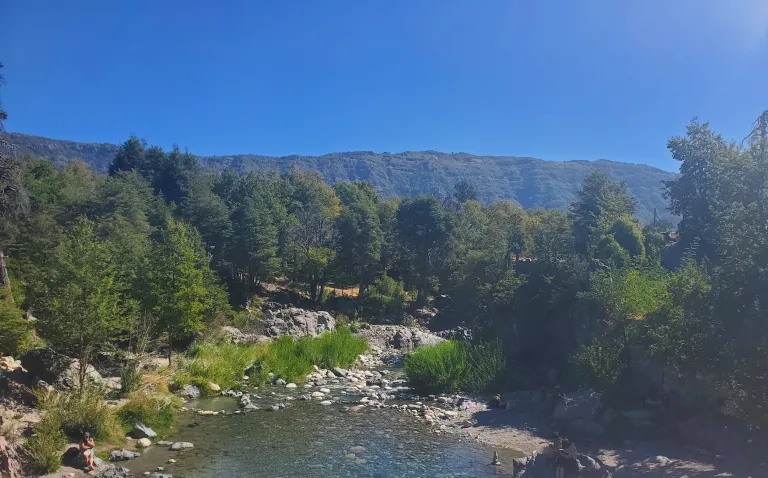
Functional flows have gained momentum over the last several years with the California Environmental Flows Framework, which provides a structured approach to distributing available water to meet human needs and functional flow components across the year. Now there is effort underway to take this approach and apply it to rivers of similar annual hydrology in Chile. Read more about this effort from the California Water Blog by clicking the title above.
Current Conditions
Inundation
Inundation is a term river ecologists use to describe the ecological creation of riverine floodplains which are highly productive habitats that often act as nurseries for fish but are threatened by regularities in flow management. Simply, inundation refers to the areas outside of a river’s banks getting wet and acting as a garden and resting place for hungry salmon looking for bugs to eat. When these areas are touched by high waters a few things happen; leaves, sticks logs, rocks and sediments are moved helping the river to form habitat features such as log jams, side channels and slow waters. Inundation also allows for benthic macroinvertebrates to be relocated by being dislodged from rolling rocks, catching the drift and landing in slower waters. The habitat features created by inundation give migrating fish areas to rest in safer, slower waters and places to feed as they make their epic journey to the ocean. The process of inundation occurs during winter rainstorms as well as during the spring snow melt where waters are made available to areas outside of it’s banks.
Drift
Drift refers to the process of aquatic species catching a ride on river currents and landing in other areas of the river. Drift builds biodiversity and habitat features in inundated floodplain areas.
Implementation Branch
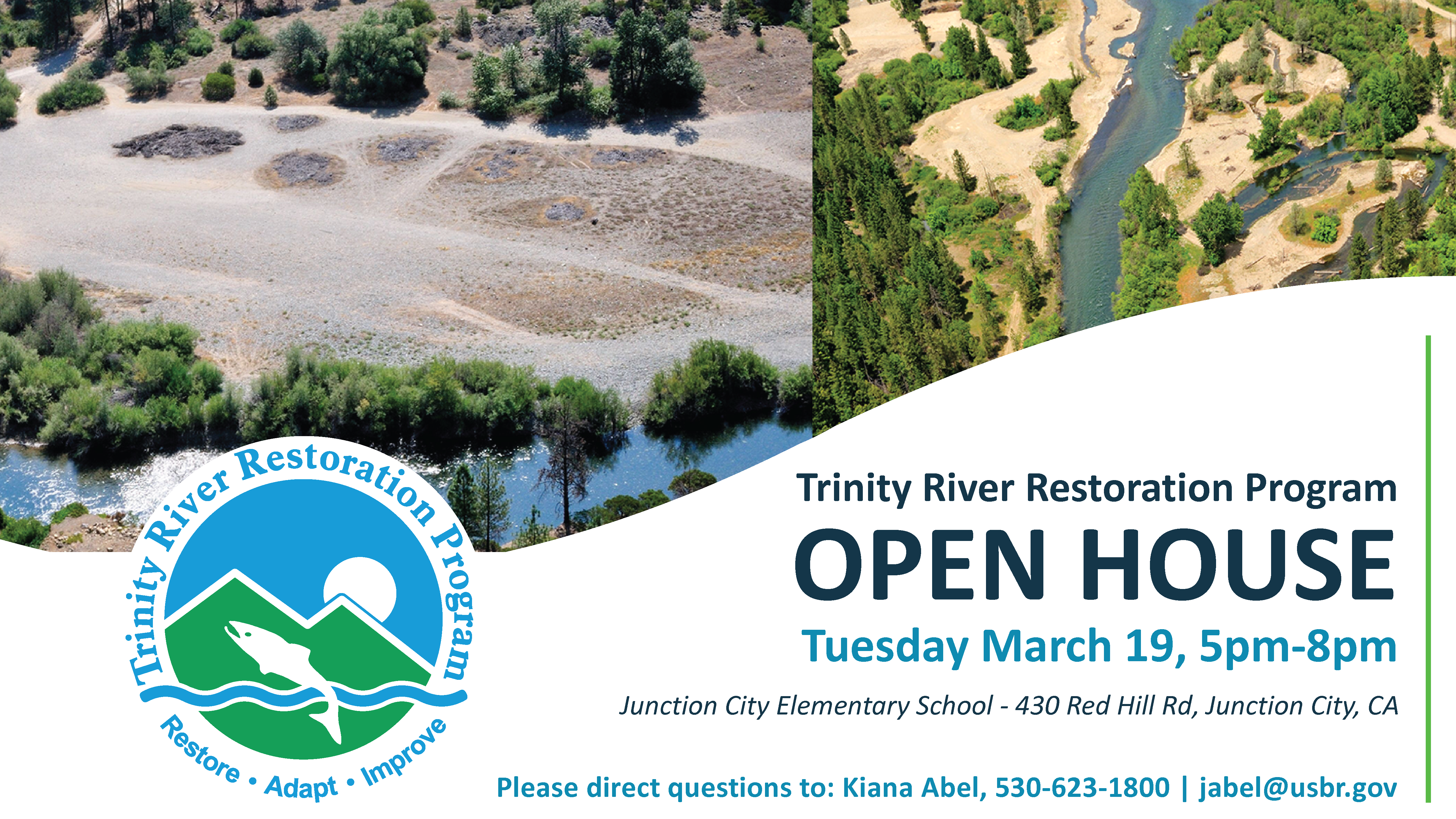
A draft environmental assessment (EA) will be released in the coming weeks for two proposed channel rehabilitation projects on the Trinity River, the Upper Conner Creek Rehabilitation Project in Junction City and the Sawmill Gravel Processing Site Project in Lewiston. The Implementation Branch and those involved in the projects are hosting an open house to discuss the proposed designs and restoration activities. We hope to see you there!
Featured Article
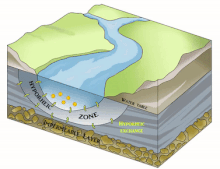
The Hyporheic Zone
Amaze your river friends by introducing them to the hyporheic zone, an important area where shallow groundwater and surface water mix to support a rich biological habitat of microvegetation that in-turn supports a diverse assemblage of benthic macroinvertebrates, the primary food source for juvenile and adult salmon.
Graphic: Animated graphic of the Hyporheic Zone Process adapted from wikipedia.
Trinity River Watershed: Animal Spotlight
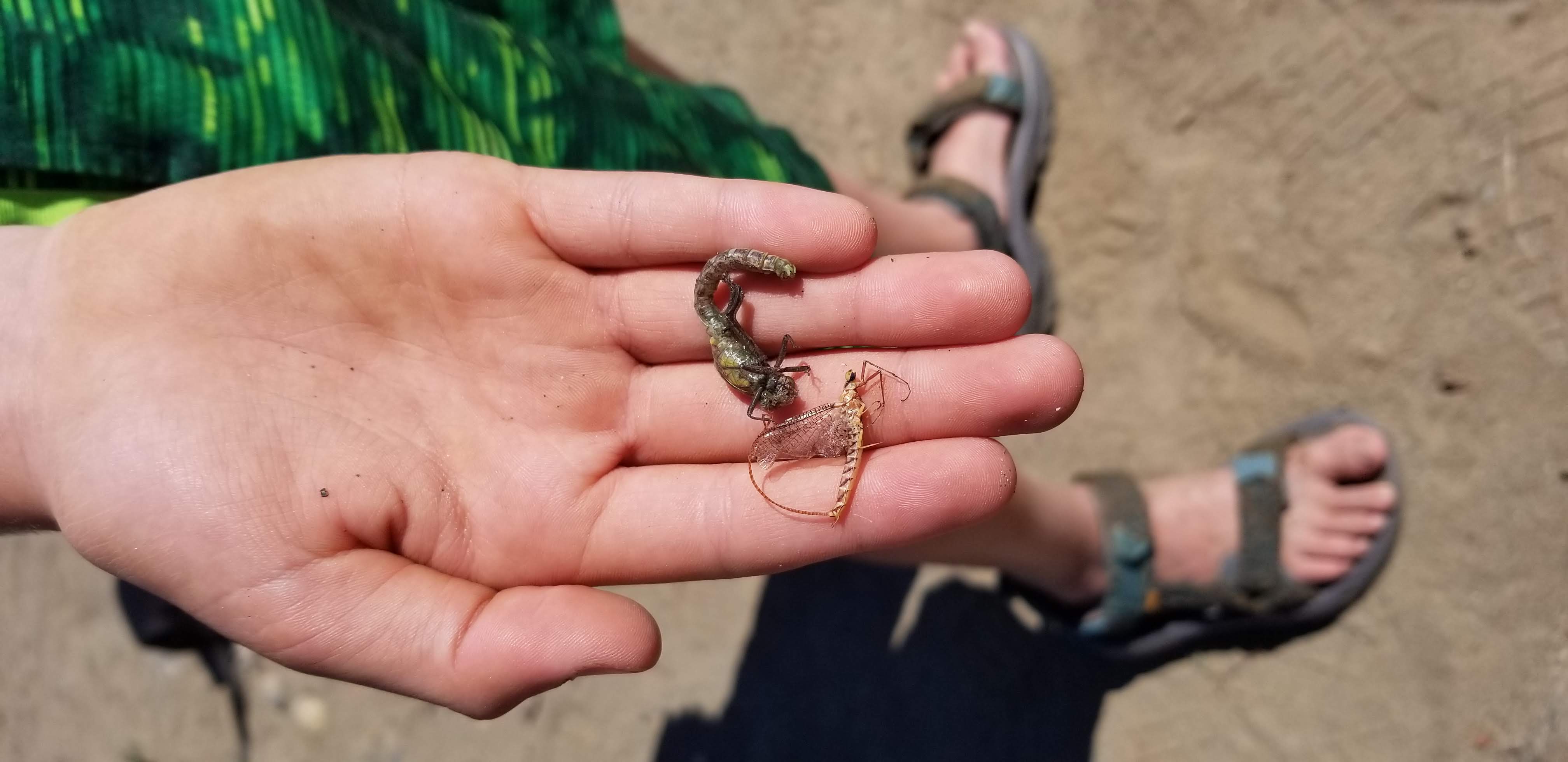
Benthic Macroinvertebrates
What are they and why are they important to river ecology?
Benthic: bottom-dwelling
Macro: see with the naked eye
Invertebrates: animals without backbones
Most of the life in rivers on any given day of the year are the small creatures that live out of the direct force of the river’s current, either attached to the rocks or wood, in spaces underneath or between pieces of gravel, or burrowed into silt. These animals include mussels, snails, worms, crayfish, and aquatic mites. But among all types of aquatic invertebrates, one class of animals stands out as the most diverse and complex – the insects.
Photo Credit: Two examples of macroinvertebrates found by students from Trinity Center Elementary School at River Days, 2021. [TRRP]
Upcoming Meetings and Events
For a full list of events, click to view the TRRP Calendar.
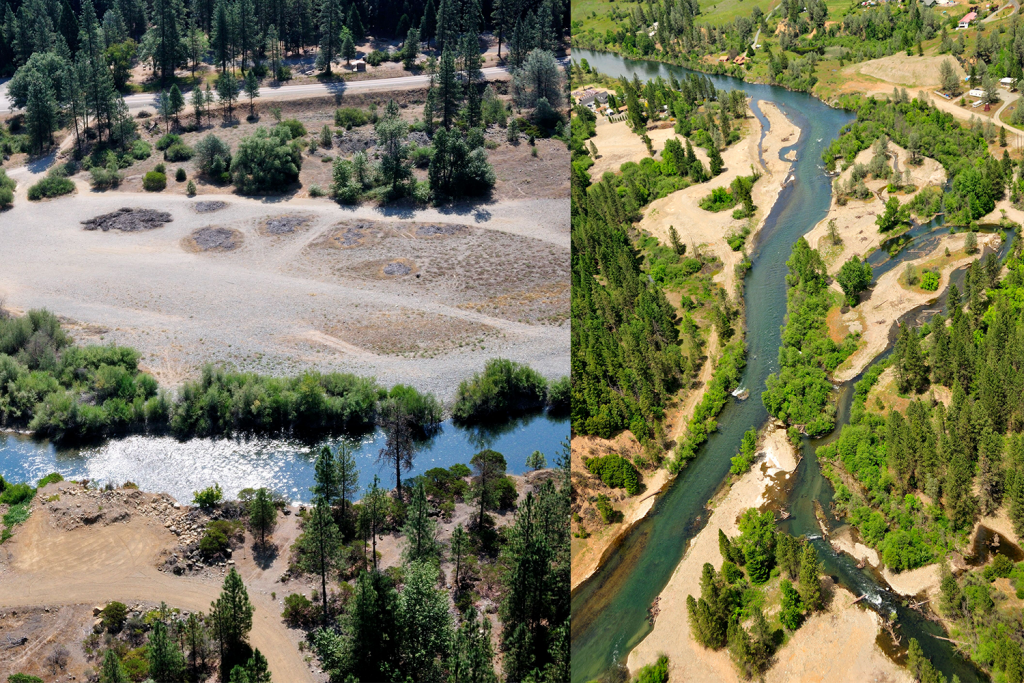
Open House
Tuesday, March 19, 5pm-8pm
Junction City Elementary School
Please join us at our upcoming Open House (March 19 from 5pm – 8pm) at the Junction City Elementary School. The event will feature a Fish of the Trinity River art show created by Junction City Elementary students plus many booths about river restoration. Additionally, the designers, construction managers and revegetation experts will be present to answer questions about river restoration and two proposed TRRP projects. The event is meant to share information and encourage communication with those interested!
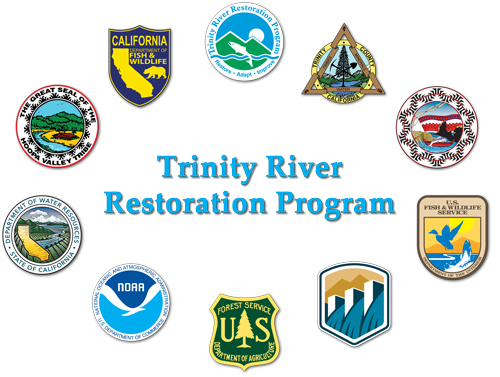
March 20 & 21, All Day – Quarterly TMC Meeting
In Person: Weaverville, Ca.
Virtual:
Click here to join the meeting
Meeting ID: 261 404 741 506
Passcode: gyLhfr
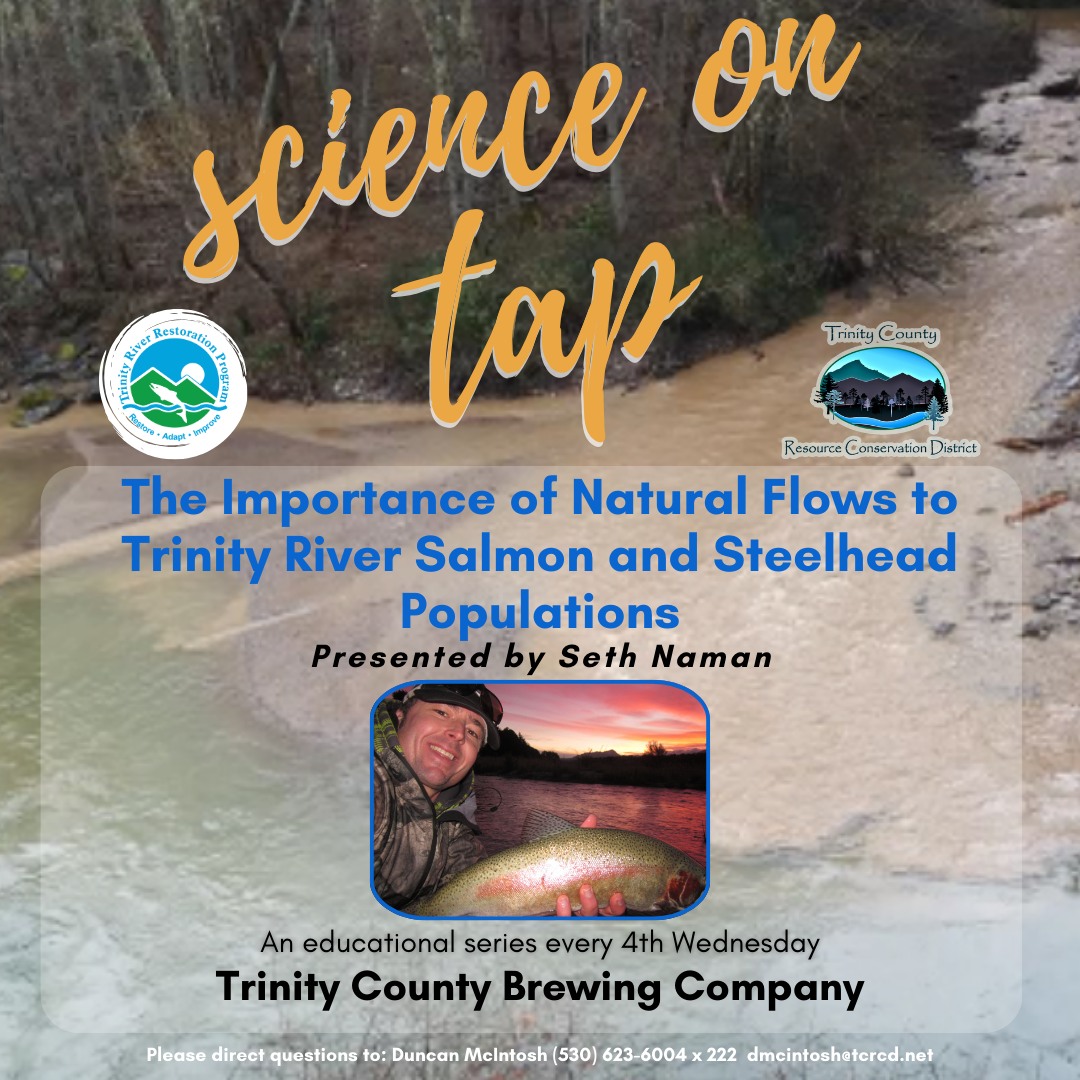
March 27, 6pm – Science on Tap
Trinity County Brewing Company
Join us in welcoming Seth Naman to Science on Tap March 27, 6 pm at the Trinity County Brewing Company. Seth, a fisheries biologist with the National Marine Fisheries Service, will discuss “The Importance of Natural Flows on Trinity River Salmon and Steelhead Populations.” Naman brings a wealth of knowledge and experience to the program and this event! His presentation will highlight the critical importance of maintaining natural flow regimes for the health of Trinity River salmon and steelhead populations.
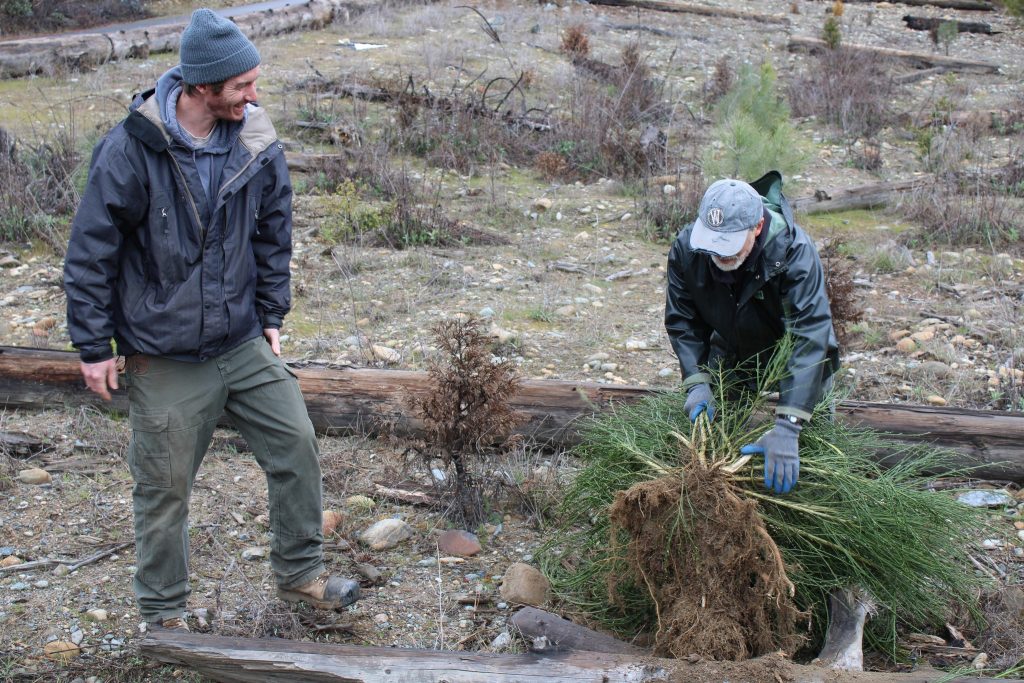
April 6, 10am – Volunteer Invasive Plant Pull
Junction City, Ca.
An invasive plant pull volunteer event will be held at the Junction City Campground River Access and restoration site on Saturday, April 6! Join the Trinity County Resource Conservation District (TCRCD), Trinity River Restoration Program, and Bureau of Land Management to help eradicate invasive Scotch and Spanish broom, making space for native plants and preventing the spread of these weeds in our watershed. Volunteers are encouraged to wear appropriate clothing for working outdoors, and to bring their own reusable water bottle. Water, snacks, tools, and gloves will be provided.
Contact Us
Call Us: 530-623-1800 Email Us: info@trrp.net
